Human Seminal Vesicles: Structure, Function, and Common Diseases
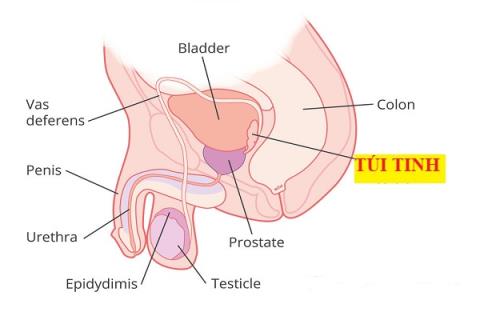
The seminal vesicles in humans are a crucial part of the male reproductive system. These glands have a unique structure and function, playing a major role in semen production. What is the structure of the seminal vesicles? How do they function? What are the common diseases associated with them? This article provides comprehensive answers to these questions.
content
- 1. What are the human seminal vesicles?
- 2. Characteristics of human seminal vesicles
- 3. Location of seminal vesicles
- 4. Structure of seminal vesicles
- 5. Blood vessels and nerves
- 6. Histology
- 7. Embryology
- 8. Function of the seminal vesicles in humans
- 9. Possible diseases in the seminal vesicles
- 10. Measures to have healthy seminal vesicles
1. What are the human seminal vesicles?
The seminal vesicles, also known as seminal glands, are a pair of glands located in the male pelvis. They play a vital role in producing components that make up semen, contributing approximately 70% of the total semen volume.
2. Characteristics of human seminal vesicles
Each seminal vesicle is pyramidal in shape, measuring about 5 cm in length and 3-4 cm in diameter. When unrolled, they can reach up to 10 cm in length. The upper sides are covered by the peritoneum, while the base points upwards and towards the back.
See more articles on the same topic: What to do when itchiness of the tip of the penis?
At the lower end, each vesicle narrows to form a duct that connects with the vas deferens, which carries sperm. The combination of the seminal vesicles and vas deferens forms the ejaculatory duct, which opens into the urethra at the prostate.
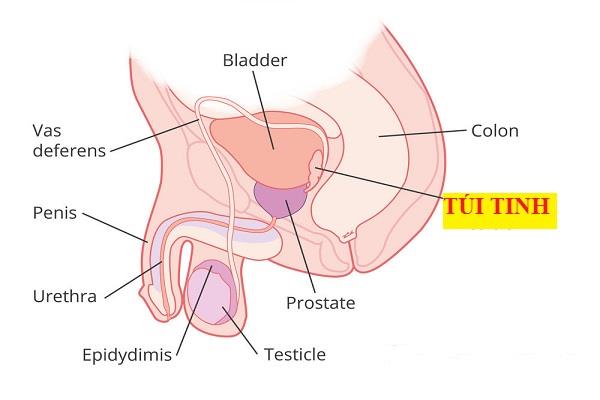
The seminal vesicles in men.
3. Location of seminal vesicles
The seminal vesicles are located behind the bladder, separated from the rectum by the rectal wall or Denonvillier fascia. Below them lies the prostate gland, while the ureter is positioned in front. The ducts of the vas deferens run through the center, and the prostatic plexus veins are adjacent.
4. Structure of seminal vesicles
Each seminal vesicle consists of a coiled tubule with branching vesicles. The tubule walls are composed of three layers:
- Inner layer: Specialized cells for seminal fluid production.
- Middle layer: Smooth muscle tissue.
- Outer layer: Connective tissue.
During ejaculation, the smooth muscle contracts, releasing seminal fluid into the ejaculatory duct.
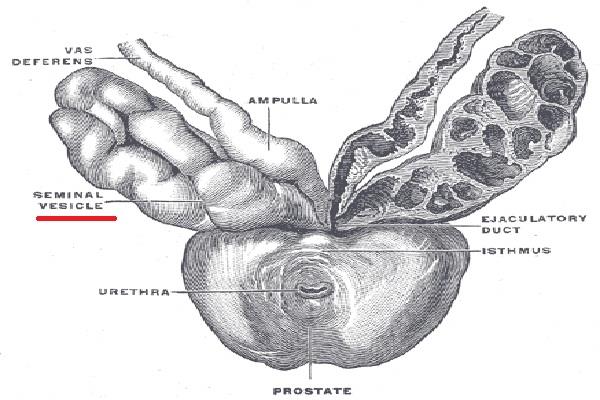
Anatomical structure of seminal vesicles.
5. Blood vessels and nerves
The seminal vesicles are supplied by branches of the inferior cystic artery and middle rectal artery, both arising from the internal iliac artery. Nerve supply comes from the hypogastric plexus (parasympathetic) and superior lumbar nerves (sympathetic).
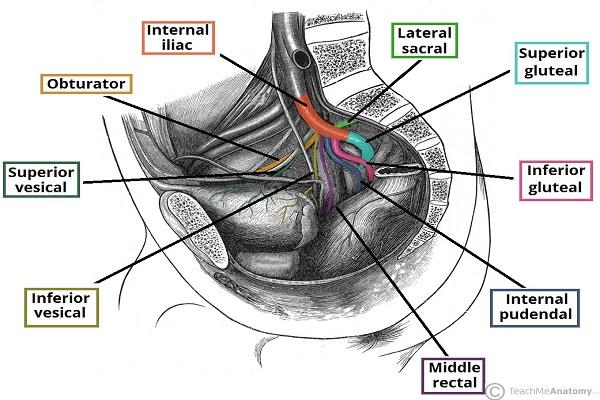
Blood vessels in the seminal vesicles.
6. Histology
Under a microscope, the seminal vesicles appear honeycomb-like due to their irregular lumen and diverticula. The wall consists of three layers: connective tissue (outer), smooth muscle (middle), and mucosa (inner).
See also: What are the functions of the scrotum?
The mucosal layer contains pseudostratified columnar epithelium with secretory cells that produce seminal fluid.
7. Embryology
The seminal vesicles develop from the Wolffian ducts during the 10-12th week of gestation. These ducts originate from the mesoderm, one of the three primary germ layers in the embryo.
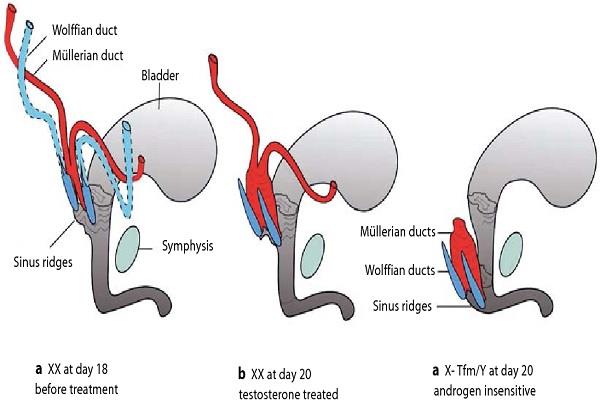
The vas deferens.
8. Function of the seminal vesicles in humans
The seminal vesicles produce and store fluid that constitutes about 70% of semen. This fluid provides energy (fructose), neutralizes acidity, and protects sperm with proteins like semenogelin.
| Component | Function |
|---|---|
| Fructose | Provides energy for sperm |
| Alkaline fluid | Neutralizes acidity |
| Proteins (e.g., semenogelin) | Forms a protective layer around sperm |
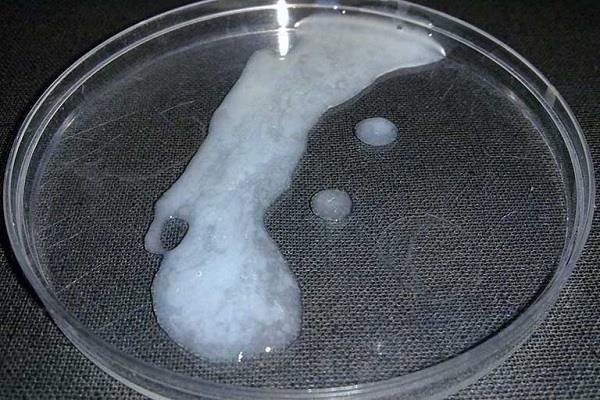
The seminal vesicles play a major role in semen production.
9. Possible diseases in the seminal vesicles
Human seminal vesicles can be affected by the following conditions:
9.1. Infections and abscesses
Bacterial infections can lead to abscesses, which are treated with antibiotics and drainage.
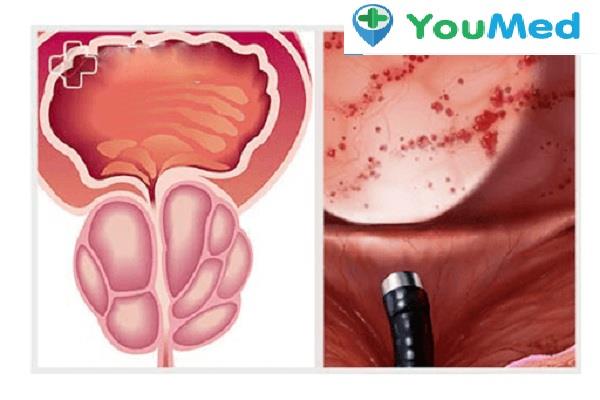
Inflammation of the seminal vesicles.
9.2. Seminal vesicle cysts
Cysts can be congenital or acquired due to infections or surgery. Laparoscopic surgery may be required for removal.
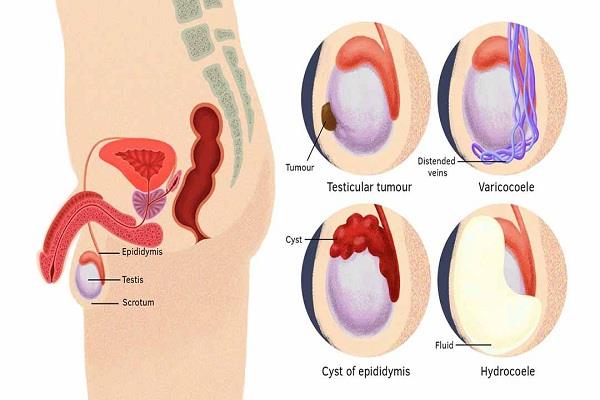
Seminal vesicle cyst.
9.3. Seminal vesicle stones
Stones are rare and may require surgical removal if large or numerous.
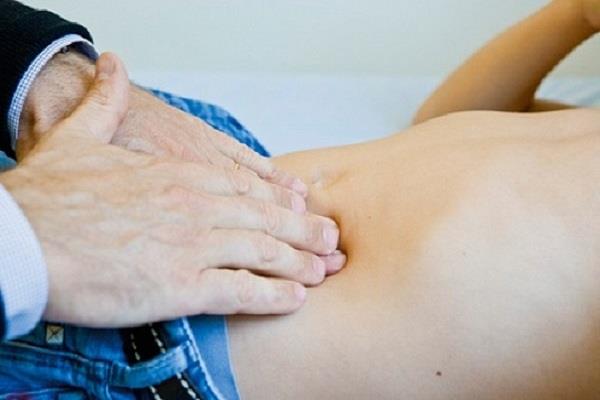
Seminal vesicle stones cause lower abdominal pain.
9.4. Seminal vesicle cancer
Cancer in the seminal vesicles is extremely rare, with only 48 confirmed cases as of 2000.
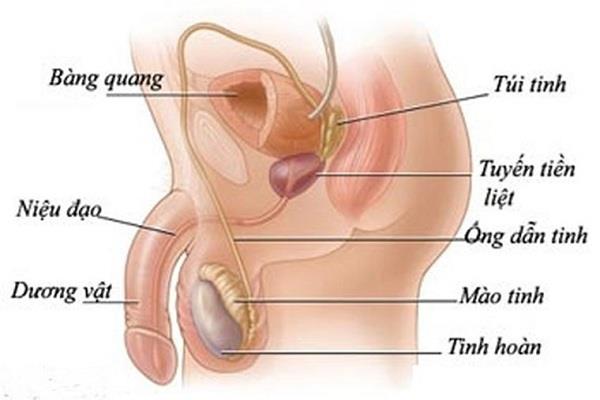
Testicular cancer.
9.5. When to see a doctor?
Seek medical attention if you experience:
- Pelvic or penile pain
- Pain during ejaculation
- Blood in semen
- Reduced semen volume
- Urinary disorders

Doctor specializing in Orthopedics.
9.6. Diagnostic tests
Tests include semen analysis, ultrasound, and fructose level measurement.
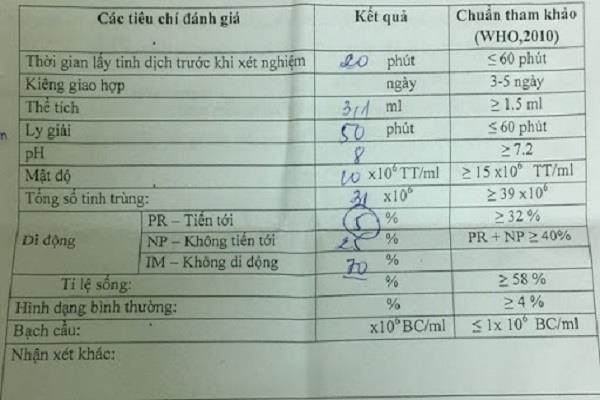
Translate map.
10. Measures to have healthy seminal vesicles
Maintaining healthy seminal vesicles is essential for male reproductive health. Follow these tips:
10.1. Practice safe sex
Use condoms to prevent infections that can affect the seminal vesicles.

Safe sex activities.
10.2. Maintain a healthy weight
A BMI between 18.5 and 23 is ideal for reproductive health.
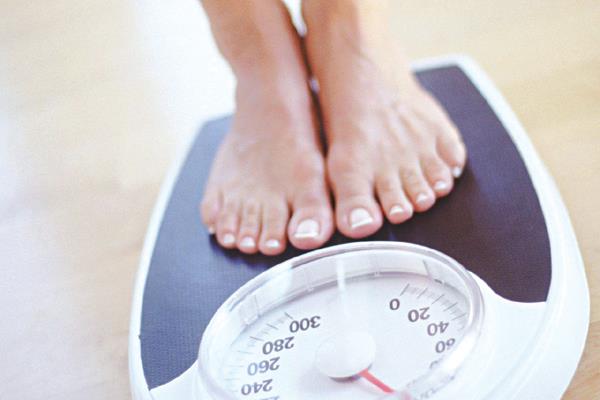
Maintain a healthy weight.
10.3. Eat a balanced diet
Include fruits, vegetables, whole grains, and lean meats in your diet.

Whole grains.
10.4. Quit smoking
Smoking reduces sperm motility and count. Seek help to quit.
10.5. Seek medical attention for symptoms
Consult a doctor if you notice any unusual symptoms.
See also: How to detox from masturbation that everyone should know .
See more: Pimples on the testicles are a sign of what disease?
In summary, the human seminal vesicles are vital for semen production and male fertility. Protecting their health is essential for reproductive function. Seek medical attention promptly for any abnormalities.
Dr. Nguyen Lam Giang